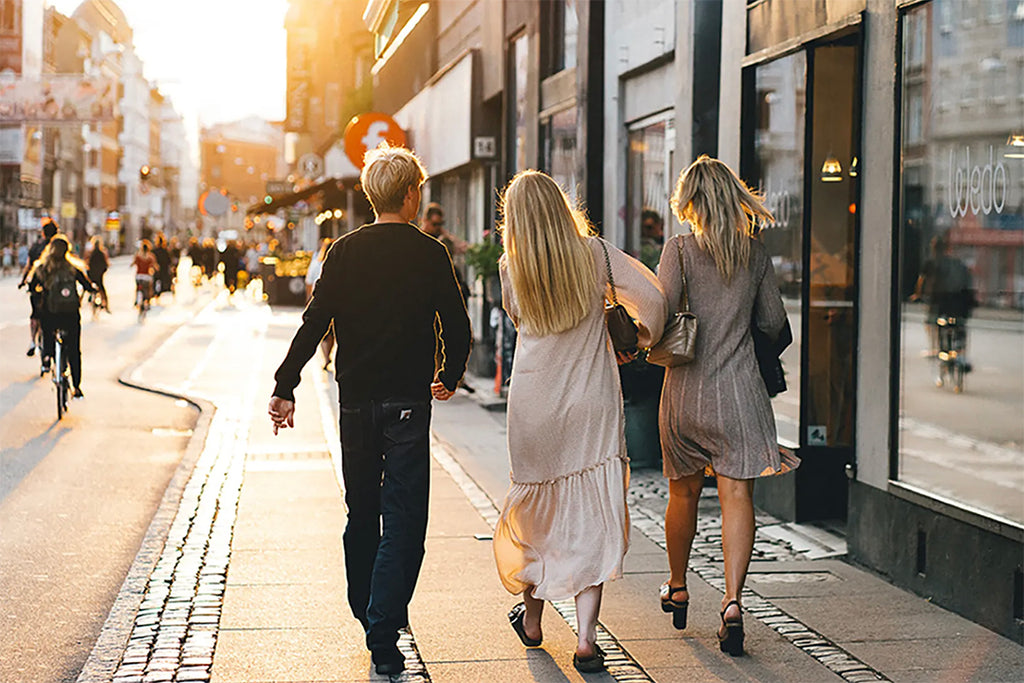
What climate change has to do with gender issues
Thoughts ahead of International Women’s Day
By Renee Fortune
The ecological crisis is inextricably linked with issues around gender equality.
At first, that statement was difficult for me to grasp. What does speaking out about issues like gender-based violence and the gender pay gap have to do with climate change? According to research, the answer is everything.
The movement towards sustainability has everything to do with the gender dynamic and challenges that are unique to women. A number of reports by the United Nations, as well as independent studies have found that women are disproportionately affected by unsustainable development and climate change. This is because around the world, women make up the majority of workers in the agricultural and forestry and fisheries sectors. Women also depend more on access to natural resources, yet they have less access to resources like water, food and fuel. Generally speaking, women are the hands-on artisans behind rug and basket weaving, fabric-printing, sewing and pottery.
Gender inequality is insidious. But events like the pandemic bring the disparities to light. The consequences of COVID-19 affected women more than men because of their traditional roles as caregivers and child-minders. The same thinking can be applied to the ecological crisis, because sustainability is as much of a ‘planet’ challenge as it is a ‘people’ challenge.


Understanding the link between ecological challenges and women’s issues is about taking a step back to consider the bigger picture. A more equal, fair world is a more sustainable one. And to create that world, women need to be given a voice and equal influence when it comes to making the difficult decisions that will change the world for the better.
As a report by the UN explains:
Adopting gender-responsive approaches makes environmental interventions longer-lasting and more transformative, from policies and programming related to the impact of climate change to issues around access to energy, water, sanitation, land and other natural resources.
Gender-responsive approaches must not only explicitly recognise girls’ and women’s diverse and gender-specific interests and needs, they must also ensure their participation and leadership in developing, implementing and monitoring mitigation and response actions.
Many of the brands you’ll find on Plain Tiger are acutely aware of the link between sustainable living and gender equality. Fashion brand, Pure One, for example, supports women-led teams of artisans who create, design and embroider their garments. In return for their craft and workmanship, these women are provided with fair compensation and work under safe and comfortable working conditions.


This year, International Women’s Day will be held on 08 March, under the theme: “gender equality today for a sustainable tomorrow.” The UN has called on the global community to promote climate change action for women, by women.
It’s a powerful proposition, especially in a world where so many people feel an overarching sense of helplessness against issues that have been developing over eons. But the truth is; if you really think about it, every individual is a microcosm of the bigger picture. As humans, we share the same psychology, the same feelings, the same fears, the same aspirations. That sense of sameness is the key to unlocking a new journey where individuals realise and act upon their own personal sense of empowerment.
And it can be very practical. Advocating for the environmental crisis does not have to take the form of grand gestures. We advocate for the cause by talking about it amongst our social circles, by liking related content on social media, by supporting the brands that support and uplift the communities they work in, and by making incremental but significant shifts in our minds around how much influence we have as intricate parts of a complex and evolving whole.
Wangari Maathai, Nobel Peace Prize Laureate and author of Unbowed couldn’t have put it more simply when she said: “You don’t have to have a diploma to plant a tree,”










